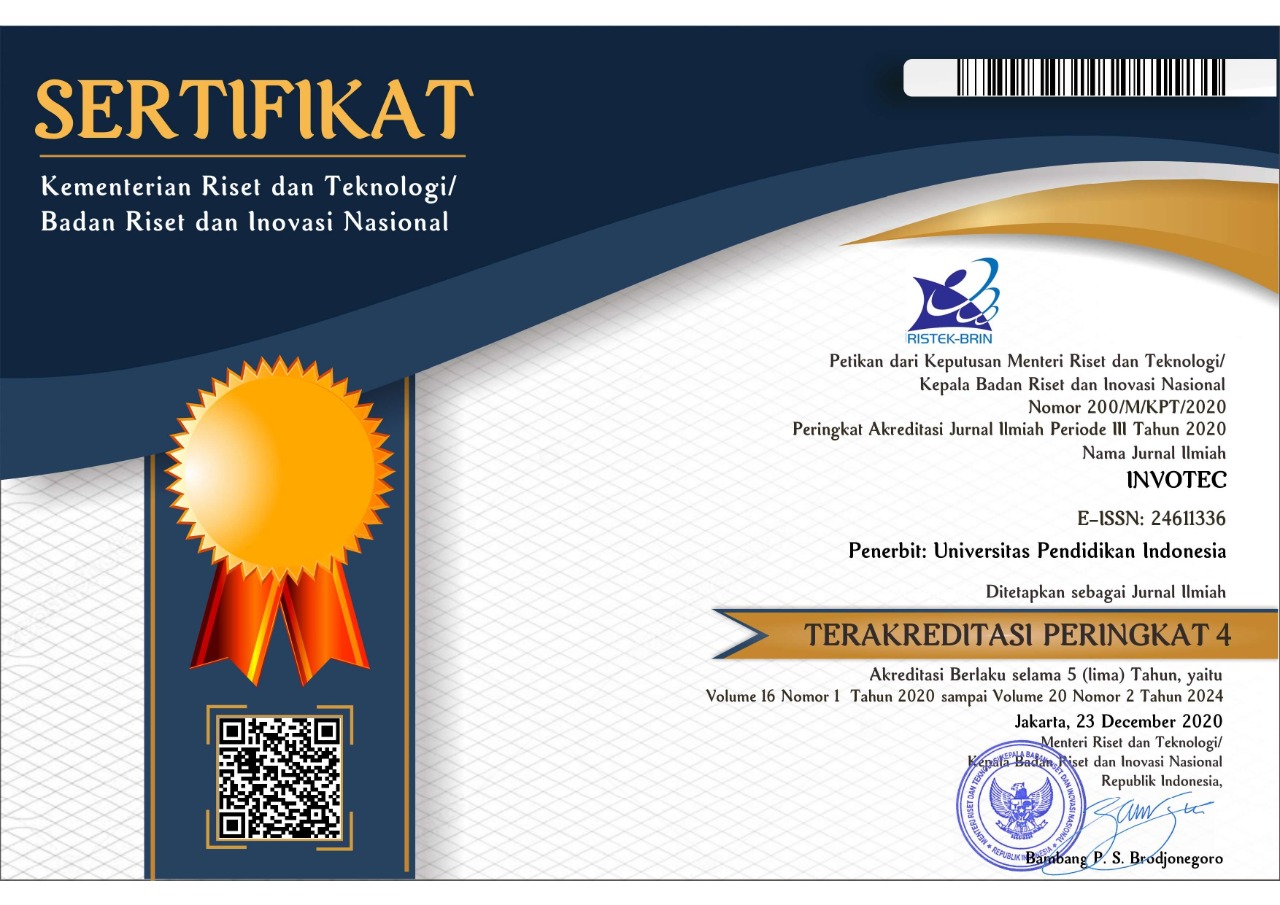Implementing Project-Based Learning (PBL) in Final Collection to Improve the Quality of Fashion Design Student
Abstract
Full Text:
PDFReferences
Atkinson, Mark (2012).How to Create Your Final Collection. London: Laurence King Publishing.
Barge, Scott (2010). Principle of Problem and Project Based Learning. Harvard University
Faerm, Steven. (2011). Winning Collections Fashion Design. Singapore: Page One Publishing.
Fernandes, S.R.G. (2014). Preparing Graduates for Professional Practice: Finding From a Case Study of Project-based Learning (PBL). Procedia – Social and Behavioral Science. 139 (2014) 219-226.
Hopkins, John (2012). Fashion Design: The Complete Guide. Switzerland: AVA Publishing.
Jackson, S. (February 2012). Project-based Learning. Scholastic Education. Retrieved from: http://www.scholastic.ca/education/teaching_tip/february2012.html
Jones, Sue Jenkyn(2005. Fashion Design. London: Laurance King Publishing.
Kettanun, Cameen. (2015). Project-based Learning and Its Validity in a Thai EFL Classroom. Procedia – Social and Behavioral Science. 192 (2015) 567-573.
Klein, Joel I. (___). Project-Based Learning: Inspiring Middle School Students to Engage in Deep and Active Learning. New York: NYC Department of Education.
Larmer, John, Mergendoller, John, Boss, Suzie (2015). Setting the Standard for Project Based Learning. Alexandria: ASCD.
Rodriguez, J., Simavilla, A.L., Cura, J.M., Ezquerro, J.M., Lapuerta, V. & Gracia, M.C. (2015). Project Based Learning Experiences in the Space Engineering Education at Technical University of Madrid. Advances in Space Research. 56 (2015) 1319-1330.
Sart, Gamze (2014). The Effects of the Development of Metacognition on Project-based Learning. Procedia – Social and Behavioral Science. 152 (2014) 131-136.
Thomas, John W. (2000). A Review of Research on Project-Based Learning. California: The Autodesk Foundation.
____ (2009). The NAF Learning Handbook. National Academy Foundation.
DOI: https://doi.org/10.17509/invotec.v12i1.4500
Refbacks
- There are currently no refbacks.
Copyright (c) 2016 The International Journal of Technical and Vocational Education
This journal provides immediate open access to its content on the principle that making research freely available to the public supports a greater global exchange of knowledge.

This work is licensed under a Lisensi Creative Commons Atribusi-BerbagiSerupa 4.0 Internasional.




